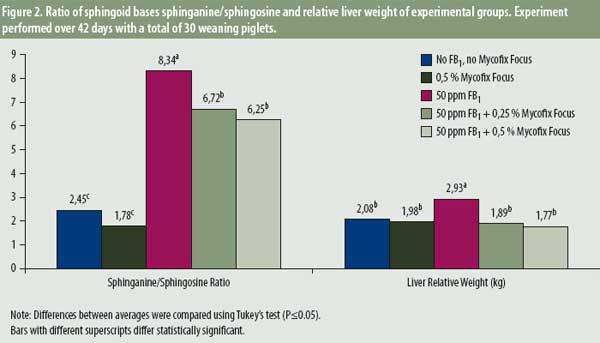Quantitative mycotoxin test helps grain handlers

There is no time to lose. Grain handlers and feed millers instantly want to be sure that the feed they use is free of mycotoxins. A simple and objective test strip assay can now be used to ensure the safety and quality of their products.
By Jacqueline Sutherland, Neogen Europe, Ayr, Scotland, UK
The quest for rapid, simple assays to quantify mycotoxins in grains that began in the late 1970s has now led to extremely simple test strip assays that return fully quantitative results in as little as three minutes. This latest generation of mycotoxin tests can be used effectively by grain farmers and processors in their own facilities with minimal equipment and training to produce the same level of accuracy that once required highly skilled technicians using expensive laboratory equipment.
An example of the latest in mycotoxin testing technology is a quantitative lateral flow immunoassay for deoxynivalenol (DON) available from Neogen, Reveal Q+ for DON. With the test, now all a tester has to do (after a simple extraction using only water) is place a test strip in a sample cup containing the sample extract and allow a three minute room temperature incubation.
No complicated lab needed
“Having quick, accurate and quantitative mycotoxin tests available, grain handlers are able to easily ensure the quality and safety of their products. Gone are the days when they had no other choice than to do visual checks and hope for the best,” said Neogen Europe’s Steve Chambers. “Our Reveal Q+ tests for mycotoxins are designed to be the easiest and most reliable quantitative tests for mycotoxins available, and they are proving to be just that.”
The United States’ Grain Inspection, Packers and Stockyards Administration (GIPSA) has verified the performance of Neogen’s Reveal Q+ tests for DON, aflatoxin, fumonisin and zearalenone. GIPSA’s approvals enable the simple, fully quantitative lateral flow strip tests to be used for official testing in the US’ grain inspection system. The company has also developed Reveal Q+ mycotoxin tests for fumonisin, zearalenone, ochratoxin and T-2/HT-2 toxins.
“GIPSA’s approvals verify the tests perform as designed, and allow regulators to add the improved tests to the expanding list of products they can rely on to ensure the safety of our worldwide food and feed supply,” said Chambers.
The tests offer both room temperature incubation of the test strip and storage of the test kit – eliminating the need for an incubator and refrigeration space. In addition they require only minimal equipment to achieve precise results. Reveal Q+ for DON uses a water extraction, and other tests use a simple ethanol or methanol extraction process.
Easy and objective
Mycotoxin test strips are single-step lateral flow assays based on a competitive immunoassay format. The extract is wicked through a reagent zone, which contains antibodies specific for the target mycotoxin conjugated to colloidal gold particles. If the target mycotoxin is present, it will be captured by the particle-antibody complex. The mycotoxin-labelled antibody complex is then wicked onto a membrane, which contains a zone of mycotoxin attached to a protein carrier. This zone captures any unbound mycotoxin antibody, allowing the particles to concentrate and form a visible line.
As the level of mycotoxin in a sample increases, free mycotoxins will bind with the antibody-gold particles. This allows less antibody-gold to be captured in the test zone. Therefore, as the concentration of target mycotoxin in the sample increases, the test line density decreases. The membrane also contains a control line which will always form regardless of the presence of mycotoxin, ensuring the strip is functioning properly. A lateral flow reader is utilised to convert the line densities into a quantitative result displayed in parts per million or parts per billion, depending on the target mycotoxin. The system provides an easy method to objectively read, store, and analyse results from the test strips.











